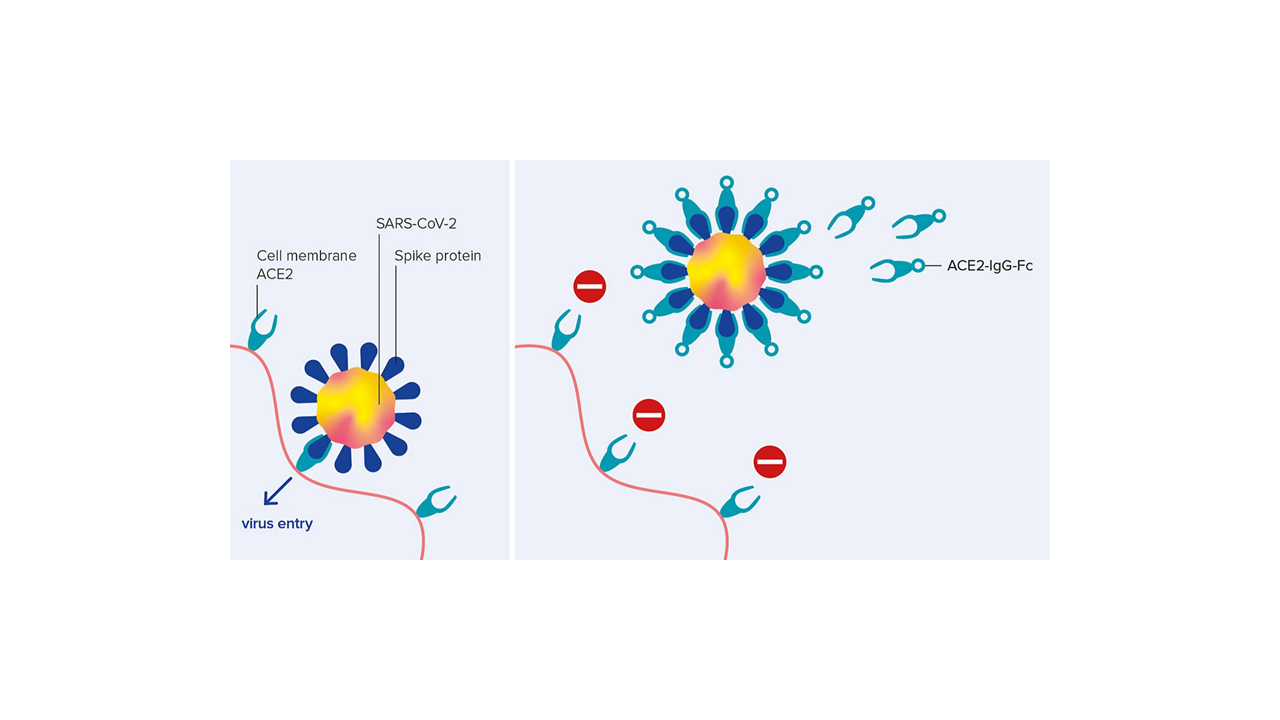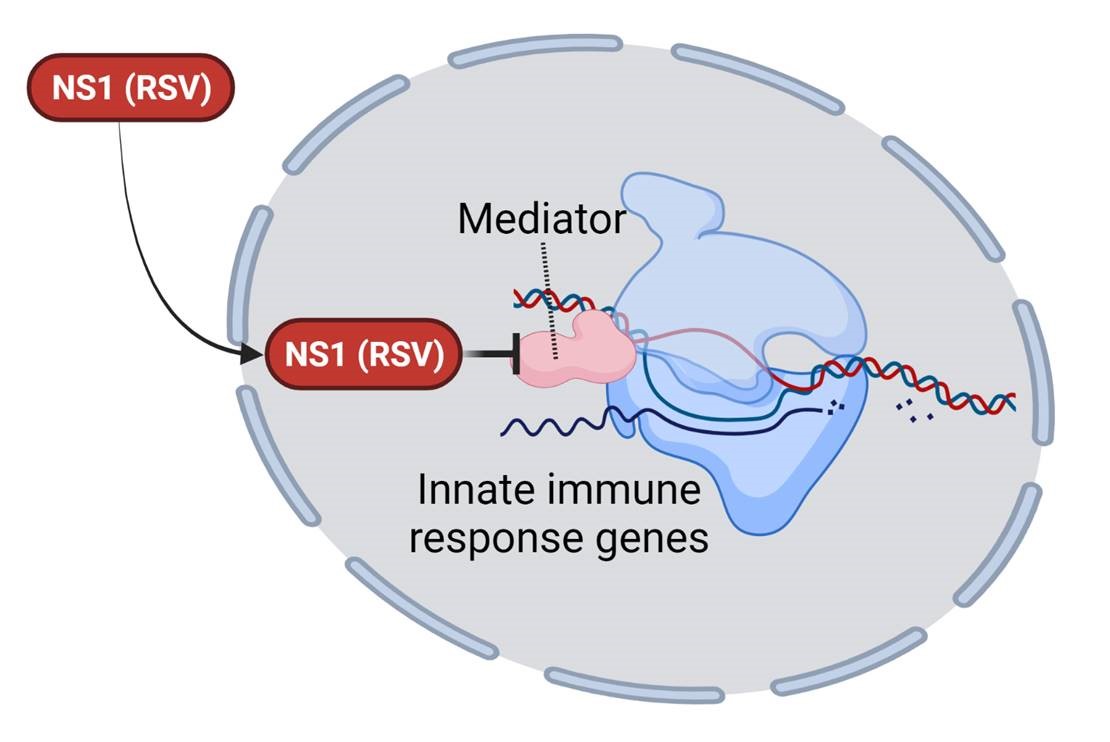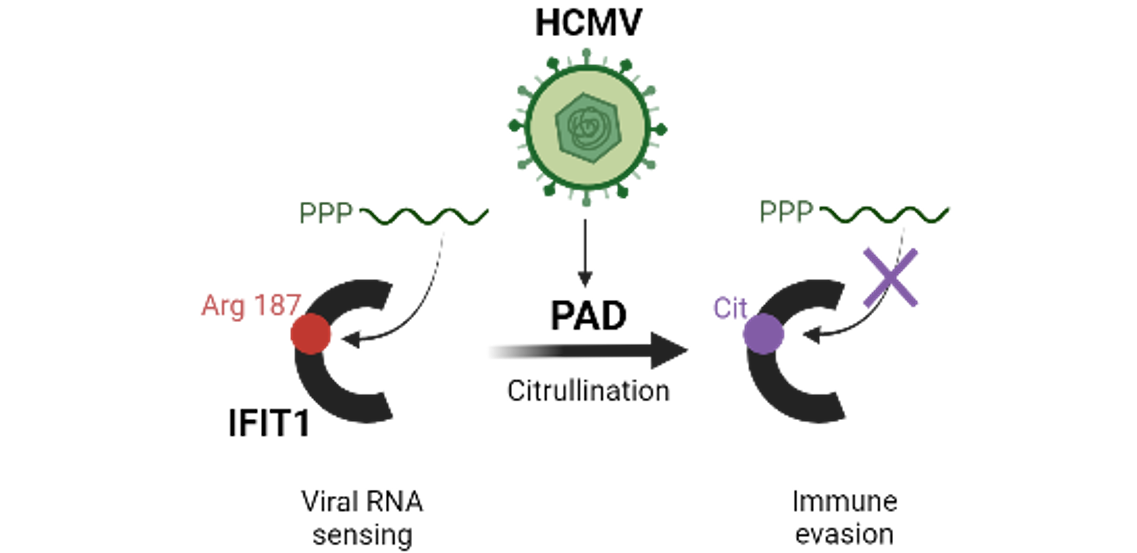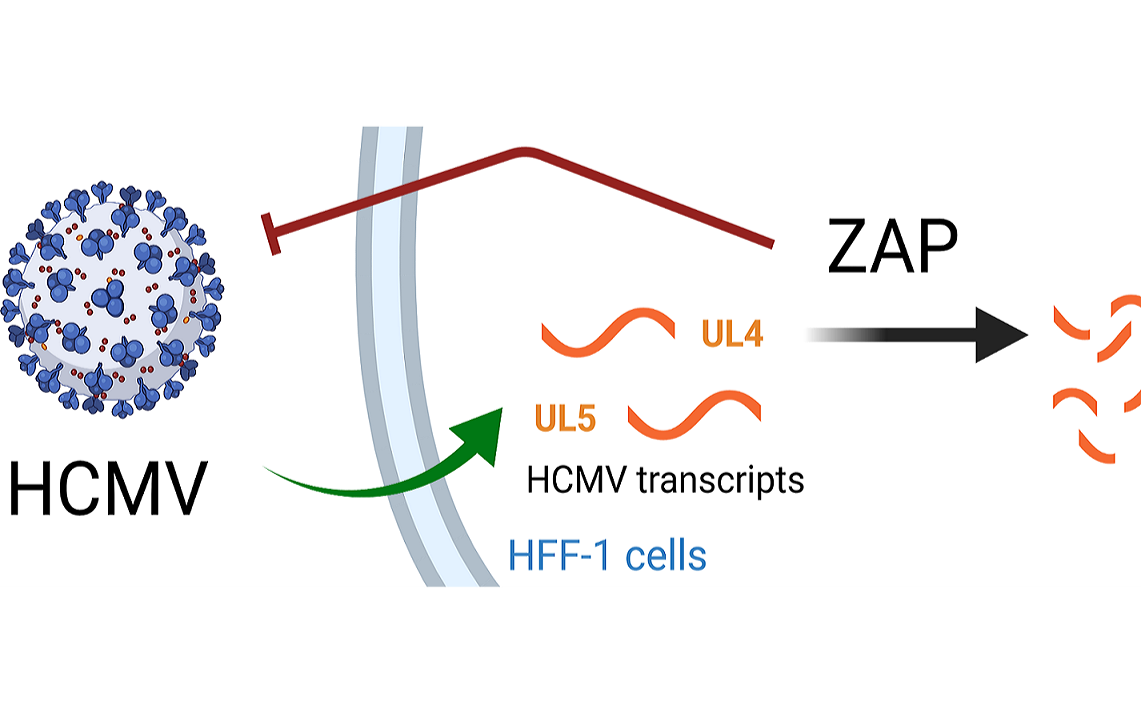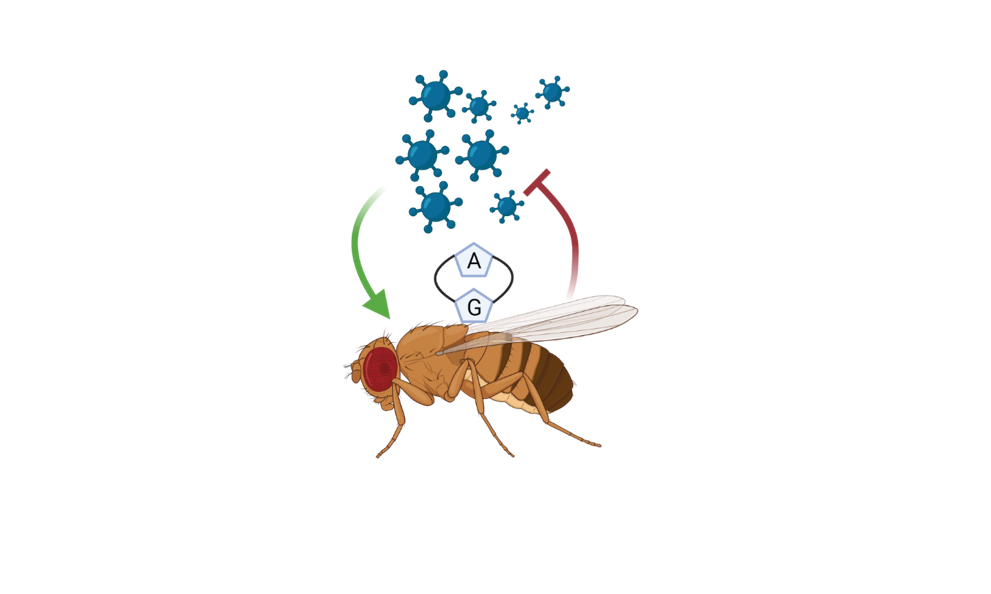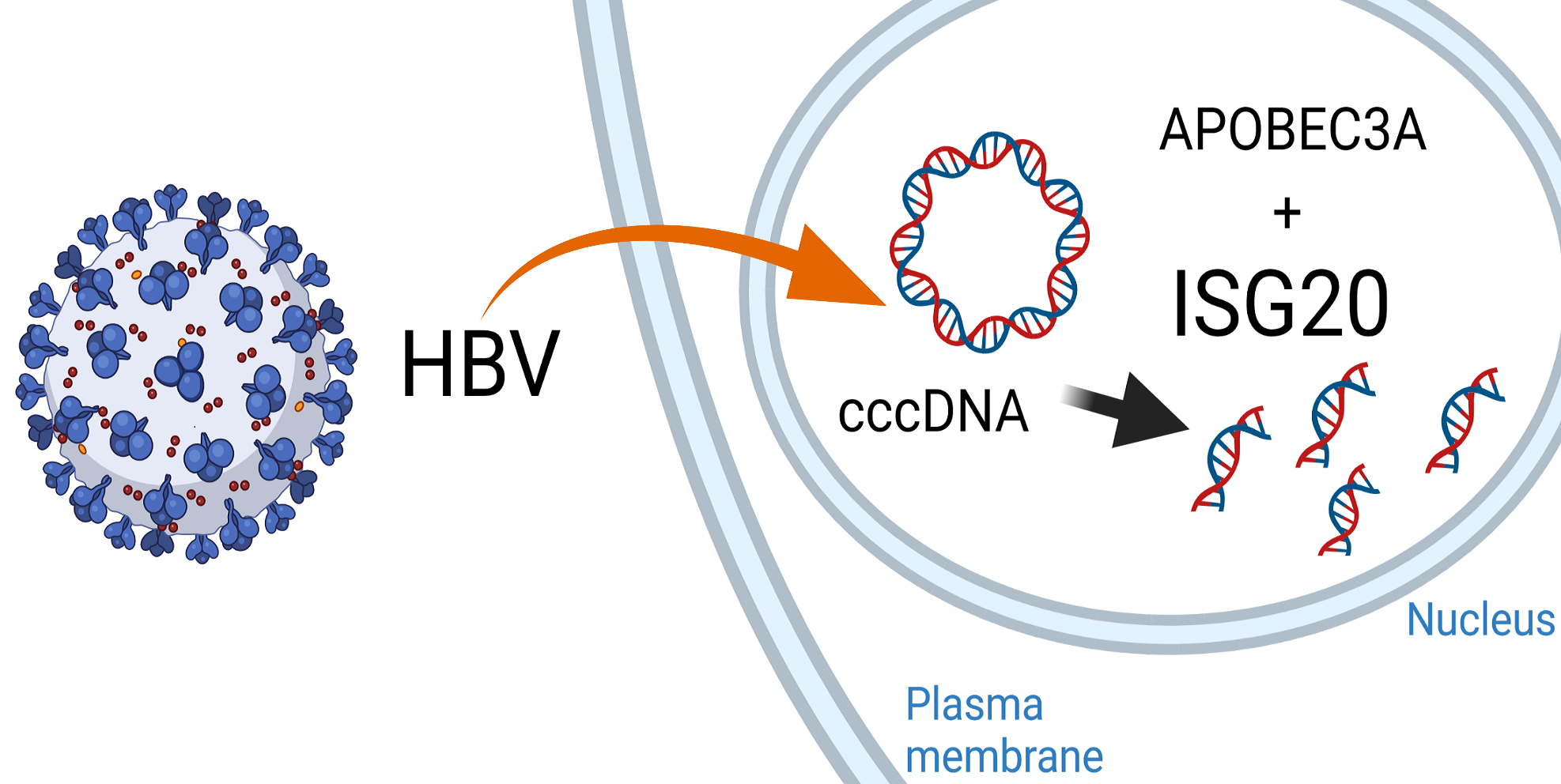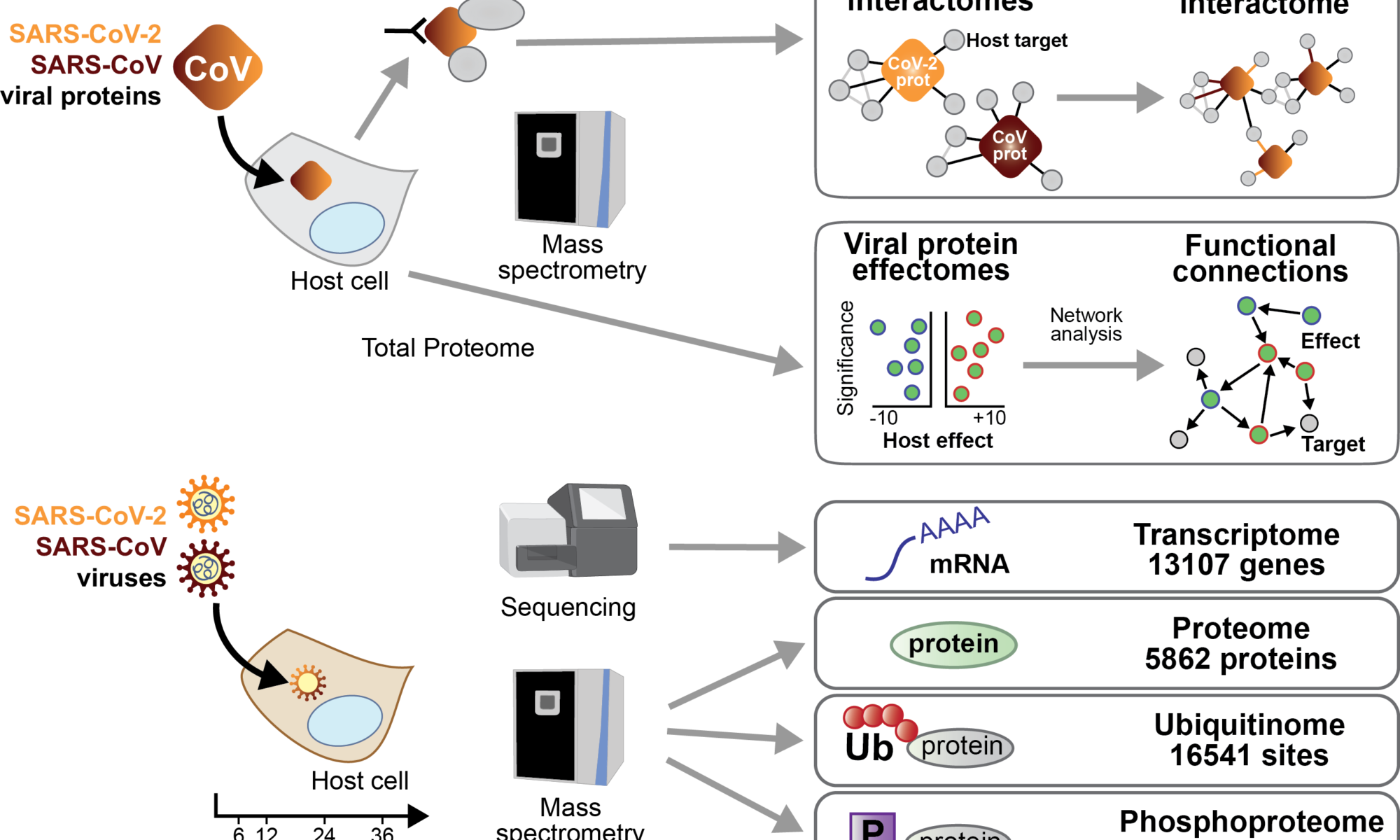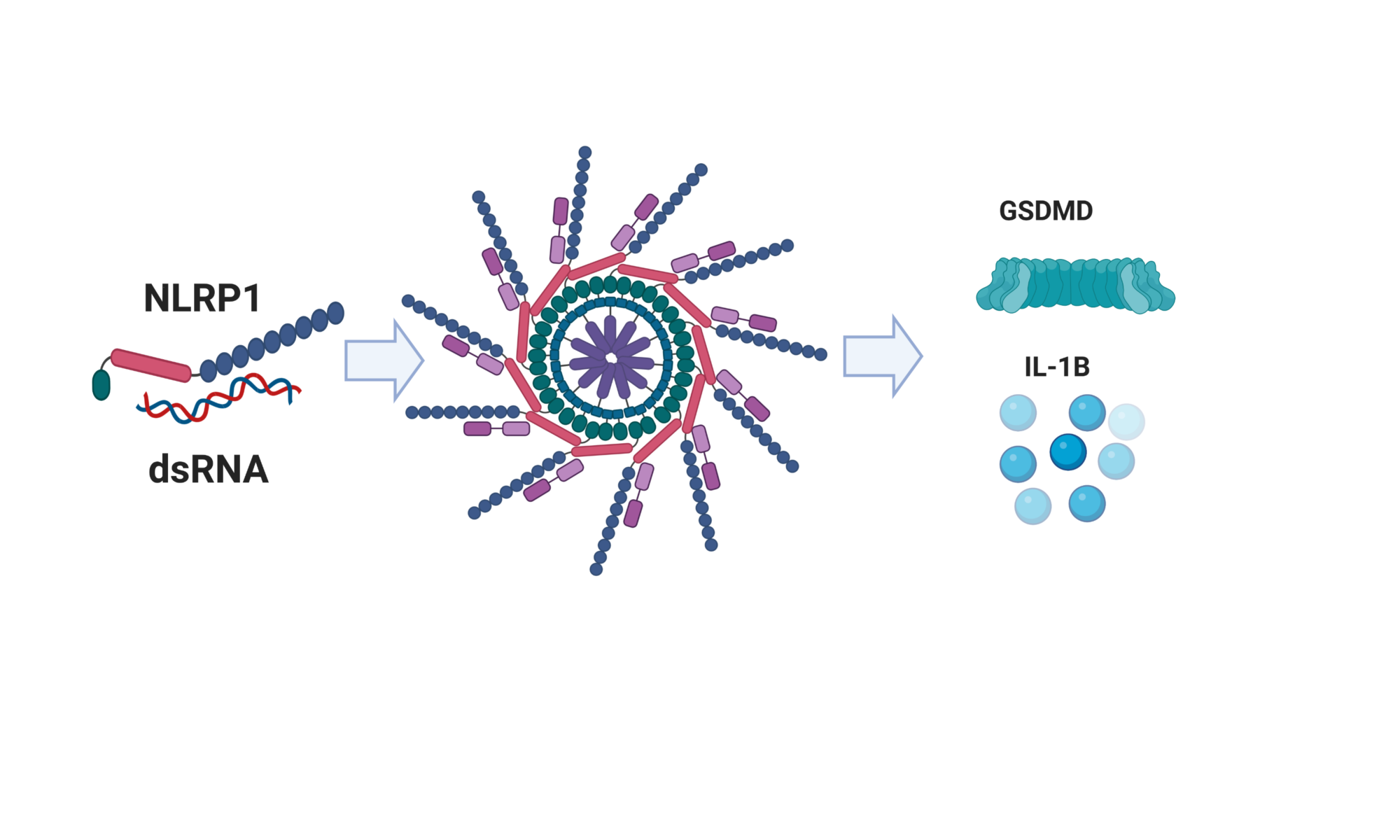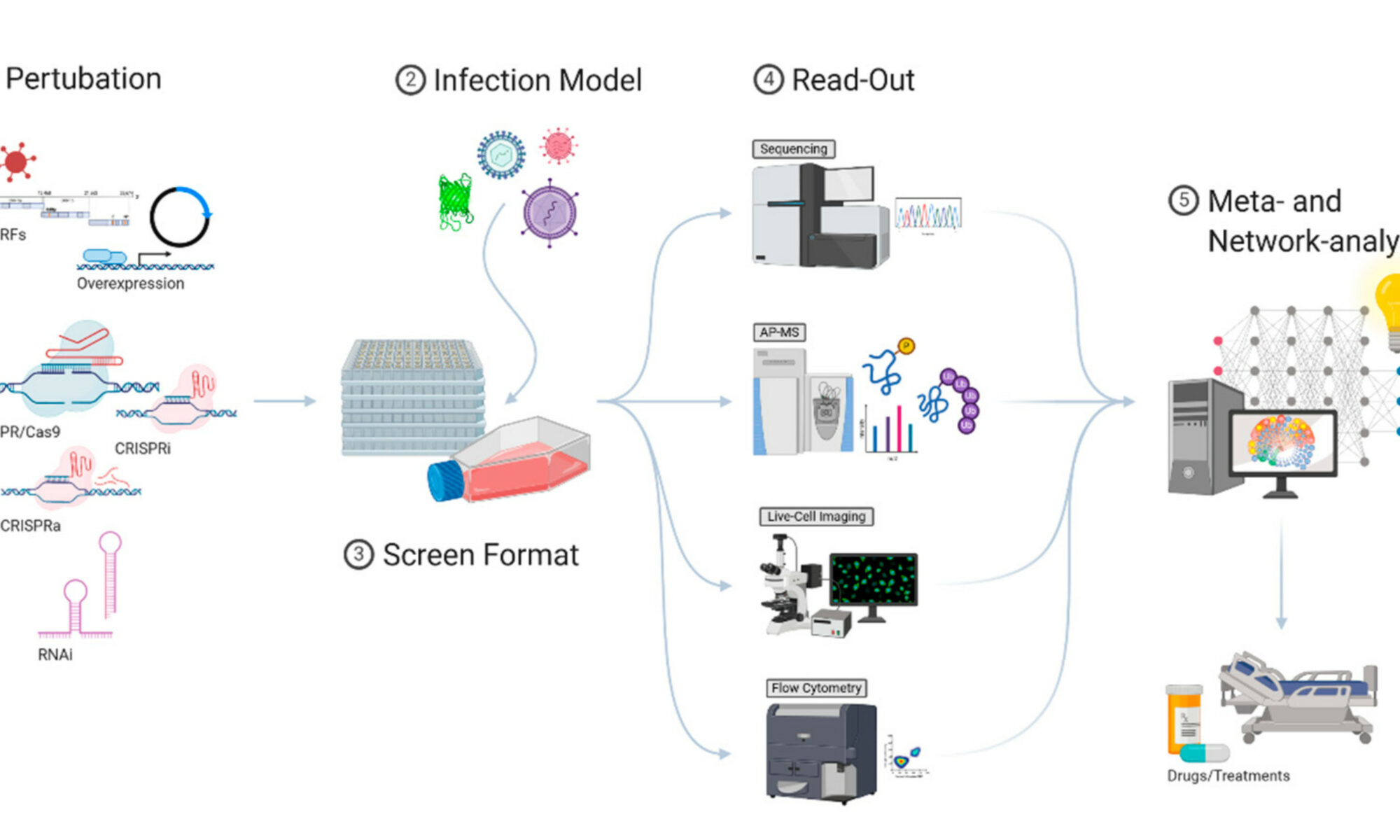In collaboration with Ulla Protzer’s and Johannes Buchner’s lab, without forgetting the engineering skills of Formycon AG, we set up and characterized how ACE2-IgG4-Fc fusion protein could provide us new therapeutic tools in our non-stopping fight against COVID-19. While this construct can neutralize all SARS coronaviruses, including its variants of concern, it also has an activity at the picomolar range.
Congratulation to all the people involved in this great study!
Read more in the Antiviral Research paper: Picomolar inhibition of SARS-CoV-2 variants of concern by an engineered ACE2-IgG4-Fc fusion protein


